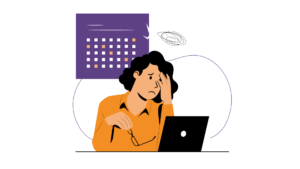Throughout the pandemic, the digital equity gap became quite visible as school districts transitioned from in-person to remote and to hybrid learning models. A child could not join in a class discussion on Zoom if they didn’t have a quality internet connection and a device to connect with. This posed serious challenges to ensuring access to quality education for all students. It also goes beyond access to learning today. In an article by Ari Flemming in EdTechMagazine.com, she identifies digital equity as a significant issue that can lead to disadvantages down the road as well: When students lack devices, they also lose valuable opportunities to hone the critical thinking and analytical skills inherent to technology use. Consequently, they are disadvantaged when entering some of the fastest-growing job markets, such as data analytics and AI specialist fields. At eScholar, we have always supported using data to close equity gaps, such as access to programs, transportation, high-quality teachers, and more. We’re proud to announce a new data domain to the eScholar CDW to support agencies trying to create more digital equity: Student Digital Resources. With this new domain, our eScholar CDW customers can collect, integrate and analyze data related to:
- Digital devices
- Device access
- Internet access in residence
- Internet access type in residence
- Internet performance
Connect With Us
"*" indicates required fields





